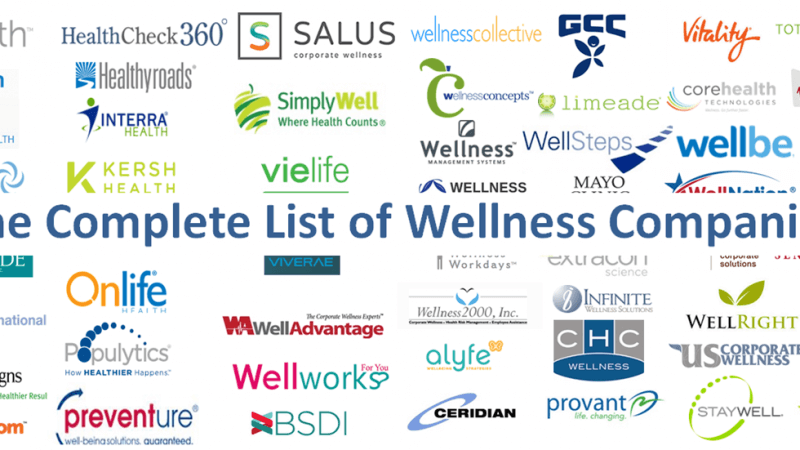Workplace Wellness Programs Statistics On Bullying

Incivility, Bullying, and Workplace Violence. ANA recognizes that incivility, bullying, and violence in the workplace are serious issues in nursing.
Executive Summary Reprint: R1012J Employee wellness programs have often been viewed as a nice extra, not a strategic imperative. But the data demonstrate otherwise, according to Berry, of Texas A&M University; Mirabito, of Baylor University; and Baun, of the University of Texas MD Anderson Cancer Center.
Their research shows that the ROI on comprehensive, well-run employee wellness programs is impressive, sometimes as high as six to one. To achieve those kinds of results, employers cannot merely offer workers a few passes to a fitness center and nutrition information in the cafeteria. The most successful wellness programs are supported by six essential pillars: engaged leadership at multiple levels; strategic alignment with the company’s identity and aspirations; a design that is broad in scope and high in relevance and quality; broad accessibility; internal and external partnerships; and effective communications. Companies in a variety of industries—including Johnson & Johnson, Lowe’s, H-E-B, and Healthwise—have built their employee wellness programs on all six pillars and have reaped big rewards in the form of lower costs, greater productivity, and higher morale.
Those benefits are not easy to achieve, and verifiable paybacks are never a certainty. Torrent Wii Mario Kart. But the track record inspires emulation, especially when you see the numbers. Employee wellness programs have often been viewed as a nice extra, not a strategic imperative. But the data show otherwise. The ROI on comprehensive, well-run employee wellness programs can be as high as 6 to 1.

The most successful programs have six essential pillars: engaged leadership at multiple levels; strategic alignment with the company’s identity and aspirations; a design that is broad in scope and high in relevance and quality; broad accessibility; internal and external partnerships; and effective communications. Companies in a variety of industries have included all six pillars in their employee wellness programs and have reaped big rewards in the form of lower health care costs, greater productivity, and higher morale. Since 1995, the percentage of Johnson & Johnson employees who smoke has dropped by more than two-thirds. The number who have high blood pressure or who are physically inactive also has declined—by more than half.
That’s great, obviously, but should it matter to managers? Well, it turns out that a comprehensive, strategically designed investment in employees’ social, mental, and physical health pays off. J&J’s leaders estimate that wellness programs have cumulatively saved the company $250 million on health care costs over the past decade; from 2002 to 2008, the return was $2.71 for every dollar spent.
Wellness programs have often been viewed as a nice extra, not a strategic imperative. Newer evidence tells a different story. With tax incentives and grants available under recent federal health care legislation, U.S. Companies can use wellness programs to chip away at their enormous health care costs, which are only rising with an aging workforce.
What Is Workplace Wellness? Our extensive research on workplace wellness has led us to arrive at this definition of it: an organized, employer-sponsored program that is designed to support employees (and, sometimes, their families) as they adopt and sustain behaviors that reduce health risks, improve quality of life, enhance personal effectiveness, and benefit the organization’s bottom line. Government incentives or not, healthy employees cost you less. Doctors Richard Milani and Carl Lavie demonstrated that point by studying, at a single employer, a random sample of 185 workers and their spouses. The participants were not heart patients, but they received cardiac rehabilitation and exercise training from an expert team. Bossa Nova Piano Scores Pdf Download Free. Of those classified as high risk when the study started (according to body fat, blood pressure, anxiety, and other measures), 57% were converted to low-risk status by the end of the six-month program.